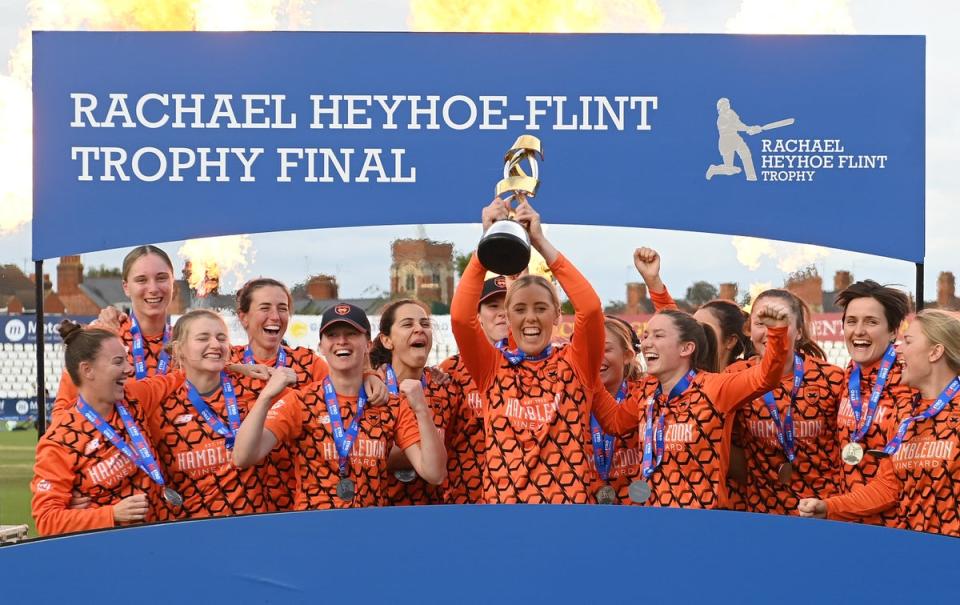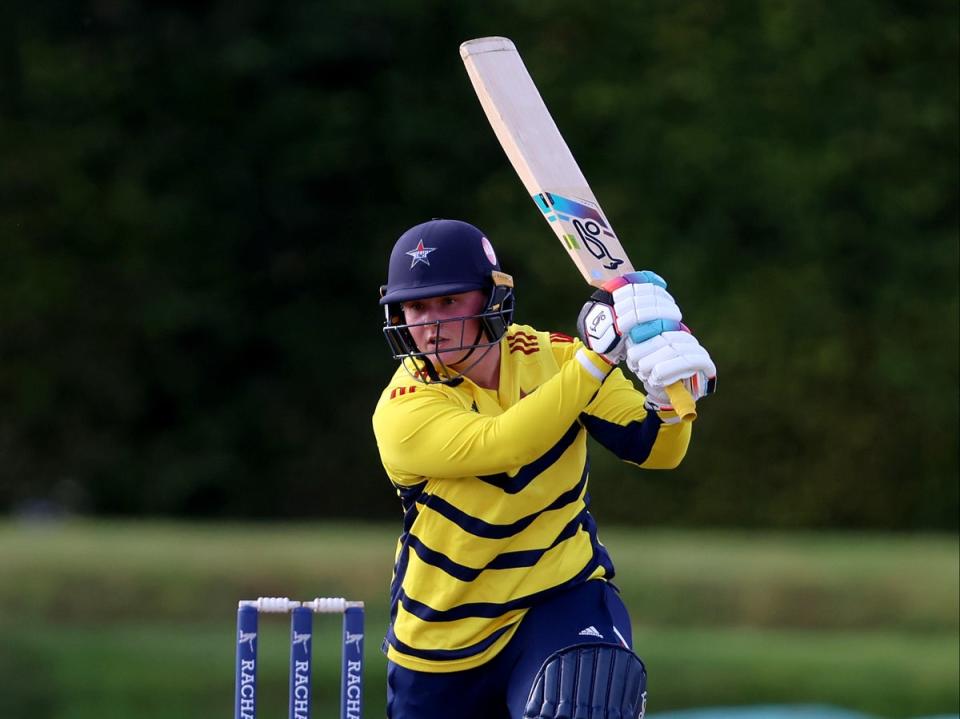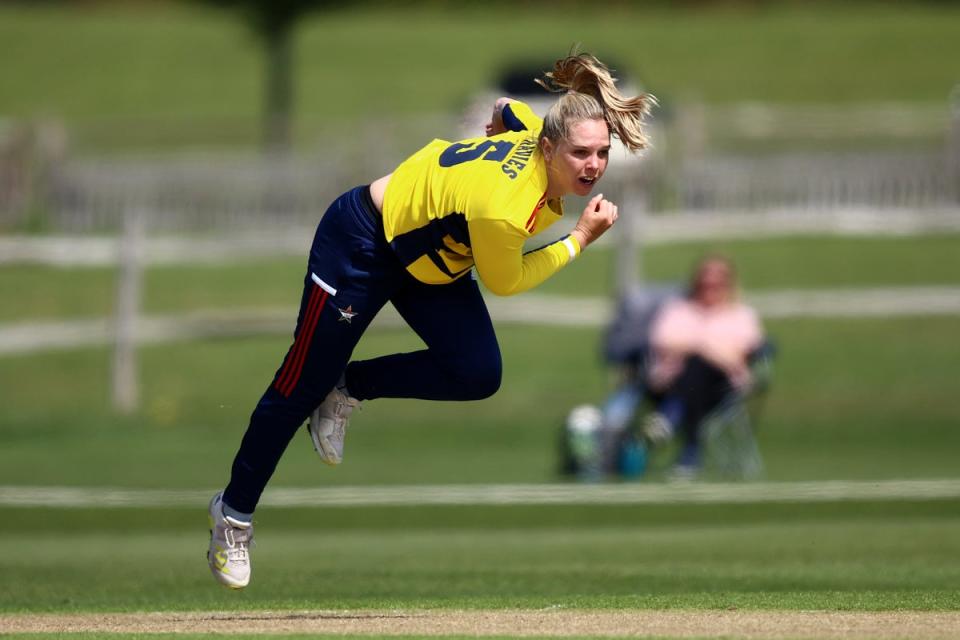Women’s cricket faces third revamp in eight years – this one has to work

Women’s cricket is about to undergo another revolution, its third in just eight years, as the current regions prepare to compete in their current guises for the final time when the start of the domestic season gets underway on April 20.
After 2024, eight new professional “tier 1” women’s teams will take part in tournaments yet to be announced, although the England and Wales Cricket Board could choose to stick with the Charlotte Edwards Cup (T20) and Rachael Heyhoe Flint Trophy (50-overs).
When the ECB invited all 18 men’s first-class counties to “bid” for a top-tier women’s side in February, only two (Worcestershire and Derbyshire) declined the offer. Just days before the start of the season, it was announced that Durham, Essex, Hampshire, Lancashire, Nottinghamshire, Somerset, Surrey and Warwickshire had been approved as hosts, in a scheme called “project Darwin”.
Yorkshire were left “surprised and disappointed” to have missed out and called the news “frustrating and upsetting” for players and staff at the current regional hub, the Northern Diamonds, which is based in Leeds.
But the players did not know until the announcement whether their currently existing regional county “hub” would become a Tier 1 side, or whether they would face having to move across the country in search of their next professional contract.
Some clubs, in particular the Southern Vipers, who have won three Rachael Heyhoe Flint trophies and two Charlotte Edwards Cups, have spent the last eight years cultivating a following of their own separate to that of Hampshire, although they will become Hampshire Women.
Vipers have had an identity since the previous version of women’s cricket, the Kia Super League, and for the players who have spent time cultivating an identity and the team who have forged a history, that will cease to exist in 2025. This year will be the last time South East Stars, Southern Vipers, Western Storm, Sunrisers, Northern Diamonds, Lancashire Thunder, The Blaze and Central Sparks compete for silverware.

“I think it’s a really exciting time for the women’s game, but we know nothing changes for this season and we’re fully focused on how can we leave the South East Stars hopefully with some silverware,” South East Stars captain Bryony Smith told The Independent.
“We know that it’s going to be exciting and we know that it’s the next step for the women’s game and it’s probably the best thing for the women’s game to have that one club, two teams aspect with the counties and we’re sure that they’ll support us well.”
The ECB will invest £1.3m annually into each of the eight teams until 2028, but the counties are also expected to generate funds themselves, and the governing body hopes that the women’s game will eventually become self-sustaining.
The regional set up was designed to professionalise the game and provide paid opportunities beyond the central England contracts, which were introduced in 2014, and by 2027, £19m will be invested in the women’s domestic game every year.

“I think it’s an exciting time to see that people are considering the women’s game worth the investment now,” England bowler Freya Davies said.
“Arguably it’s maybe a shame that didn’t come five years ago.
“But we just have to take the benefit that there will be more money, there will be more interest and there will be more crowds, so that’s always a good thing however it looks.
“So arguably too late, but I’m glad it’s happening now.”
She added: “I grew up in the age that I paid for my kit, my parents probably paid match fees, so I think I’m from that generation where we paid to play for our counties so now to have counties bidding to be part of that and that’s just huge growth in the game and that’s so exciting to see.”
Yorkshire and Glamorgan are set to join “tier 1” from 2027, and they will receive additional funding to help build their pathway, with the ECB also outlining plans to further expand to 12 teams by 2029.
Below “tier 1” there will be a “tier 2” containing the other first-class county sides and it will be a semi-professional set up, with the amateur “tier 3” after that containing the national (former minor) county sides.

